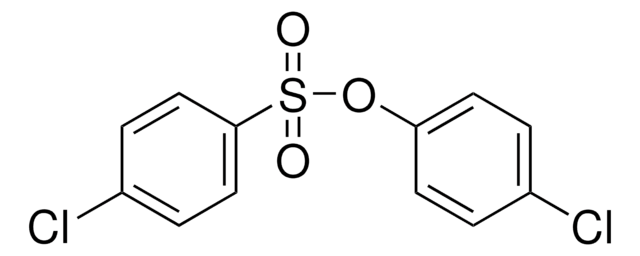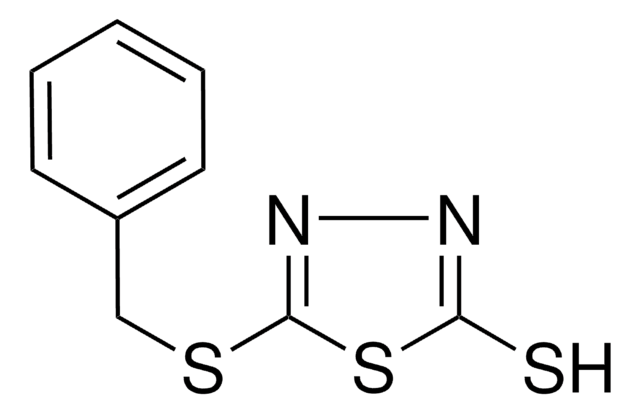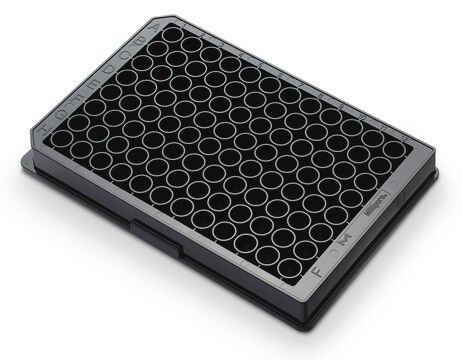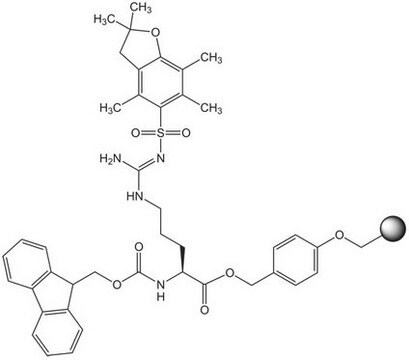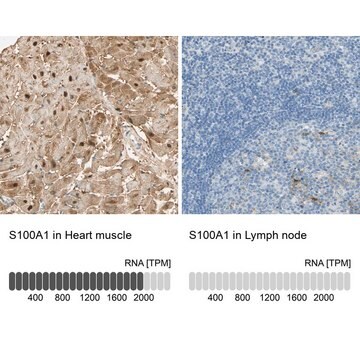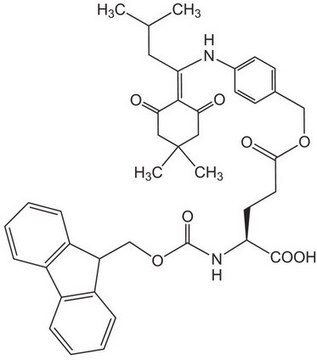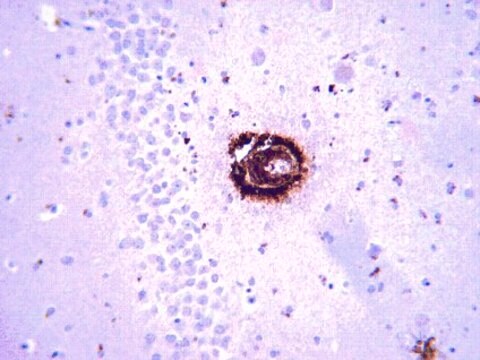MAB5740
Anti-Radial Glial Cell Marker-2 Antibody, clone RC2
clone RC2, from mouse
Autenticatiper visualizzare i prezzi riservati alla tua organizzazione & contrattuali
About This Item
Codice UNSPSC:
12352203
eCl@ss:
32160702
NACRES:
NA.41
Prodotti consigliati
Origine biologica
mouse
Livello qualitativo
Forma dell’anticorpo
purified antibody
Tipo di anticorpo
primary antibodies
Clone
RC2, monoclonal
Reattività contro le specie
mouse
tecniche
immunohistochemistry: suitable
Isotipo
IgMλ
Condizioni di spedizione
wet ice
modifica post-traduzionali bersaglio
unmodified
Descrizione generale
The monoclonal antibody Radial Glial Cell Marker-2, clone RC2 (RC2) was generated in mouse by conventional hybridoma methodology. The antigen recognized by RC2 is robust, allowing aldehyde fixation appropriate to high resolution light and electron microscopic analyses. From the neural tube stage of fetal development the antibody delineates throughout the central nervous system a subpopulation of neuroepithelial cells which have a radial bipolar morphology. RC2 also recognizes monopolar cell forms in the spinal cord and the cerebellum as early as E15, and in the dentate gyrus of the hippocampal formation from the day of birth. Monopolar forms in the cerebellum are inferred to be progenitors of Bergmann glia. The robustness of the antigen recognized by RC2 makes this probe a valuable tool to study the morphological transformations of the bipolar radial glia during their mitotic turnover. It also provides a sensitive stain for the study of the organization and the histogenetic role of the overall radial fiber system (3).
Specificità
Detects radial glial cell marker-2
Other species have not been tested.
Immunogeno
Embryonic rat brain
Applicazioni
Anti-Radial Glial Cell Marker-2 Antibody, clone RC2 detects level of Radial Glial Cell Marker-2 & has been published & validated for use in IH.
Research Category
Neuroscience
Neuroscience
Research Sub Category
Neuronal & Glial Markers
Neuronal & Glial Markers
Stato fisico
Ammonium sulfate purified mouse monoclonal in PBS with 0.05% NaN3.
Format: Purified
Stoccaggio e stabilità
Stable for 1 year at 2-8°C from date of receipt. Handling Recommendations: Upon receipt, and prior to removing the cap, centrifuge the vial and gently mix the solution.
Altre note
Concentration: Please refer to the Certificate of Analysis for the lot-specific concentration.
Esclusione di responsabilità
Unless otherwise stated in our catalog or other company documentation accompanying the product(s), our products are intended for research use only and are not to be used for any other purpose, which includes but is not limited to, unauthorized commercial uses, in vitro diagnostic uses, ex vivo or in vivo therapeutic uses or any type of consumption or application to humans or animals.
Non trovi il prodotto giusto?
Prova il nostro Motore di ricerca dei prodotti.
Codice della classe di stoccaggio
12 - Non Combustible Liquids
Classe di pericolosità dell'acqua (WGK)
WGK 2
Punto d’infiammabilità (°F)
Not applicable
Punto d’infiammabilità (°C)
Not applicable
Certificati d'analisi (COA)
Cerca il Certificati d'analisi (COA) digitando il numero di lotto/batch corrispondente. I numeri di lotto o di batch sono stampati sull'etichetta dei prodotti dopo la parola ‘Lotto’ o ‘Batch’.
Possiedi già questo prodotto?
I documenti relativi ai prodotti acquistati recentemente sono disponibili nell’Archivio dei documenti.
Expression and immunolocalization of Gpnmb, a glioma-associated glycoprotein, in normal and inflamed central nervous systems of adult rats.
Huang, JJ; Ma, WJ; Yokoyama, S
Brain and Behavior null
Lei Wang et al.
Nature neuroscience, 19(7), 888-896 (2016-05-24)
The unique mental abilities of humans are rooted in the immensely expanded and folded neocortex, which reflects the expansion of neural progenitors, especially basal progenitors including basal radial glia (bRGs) and intermediate progenitor cells (IPCs). We found that constitutively active
The endocannabinoid system promotes astroglial differentiation by acting on neural progenitor cells.
Tania Aguado et al.
The Journal of neuroscience : the official journal of the Society for Neuroscience, 26(5), 1551-1561 (2006-02-03)
Endocannabinoids exert an important neuromodulatory role via presynaptic cannabinoid CB1 receptors and may also participate in the control of neural cell death and survival. The function of the endocannabinoid system has been extensively studied in differentiated neurons, but its potential
Suyan Li et al.
The Journal of neuroscience : the official journal of the Society for Neuroscience, 33(37), 14809-14815 (2013-09-13)
Current models of brain development support the view that VEGF, a signaling protein secreted by neuronal cells, regulates angiogenesis and neuronal development. Here we demonstrate an autonomous and pivotal role for endothelial cell-derived VEGF that has far-reaching consequences for mouse
Il team dei nostri ricercatori vanta grande esperienza in tutte le aree della ricerca quali Life Science, scienza dei materiali, sintesi chimica, cromatografia, discipline analitiche, ecc..
Contatta l'Assistenza Tecnica.
